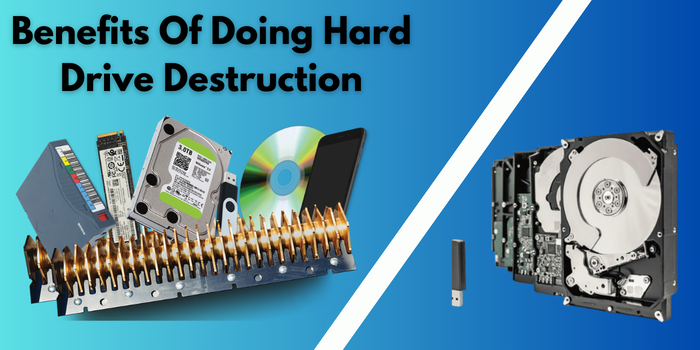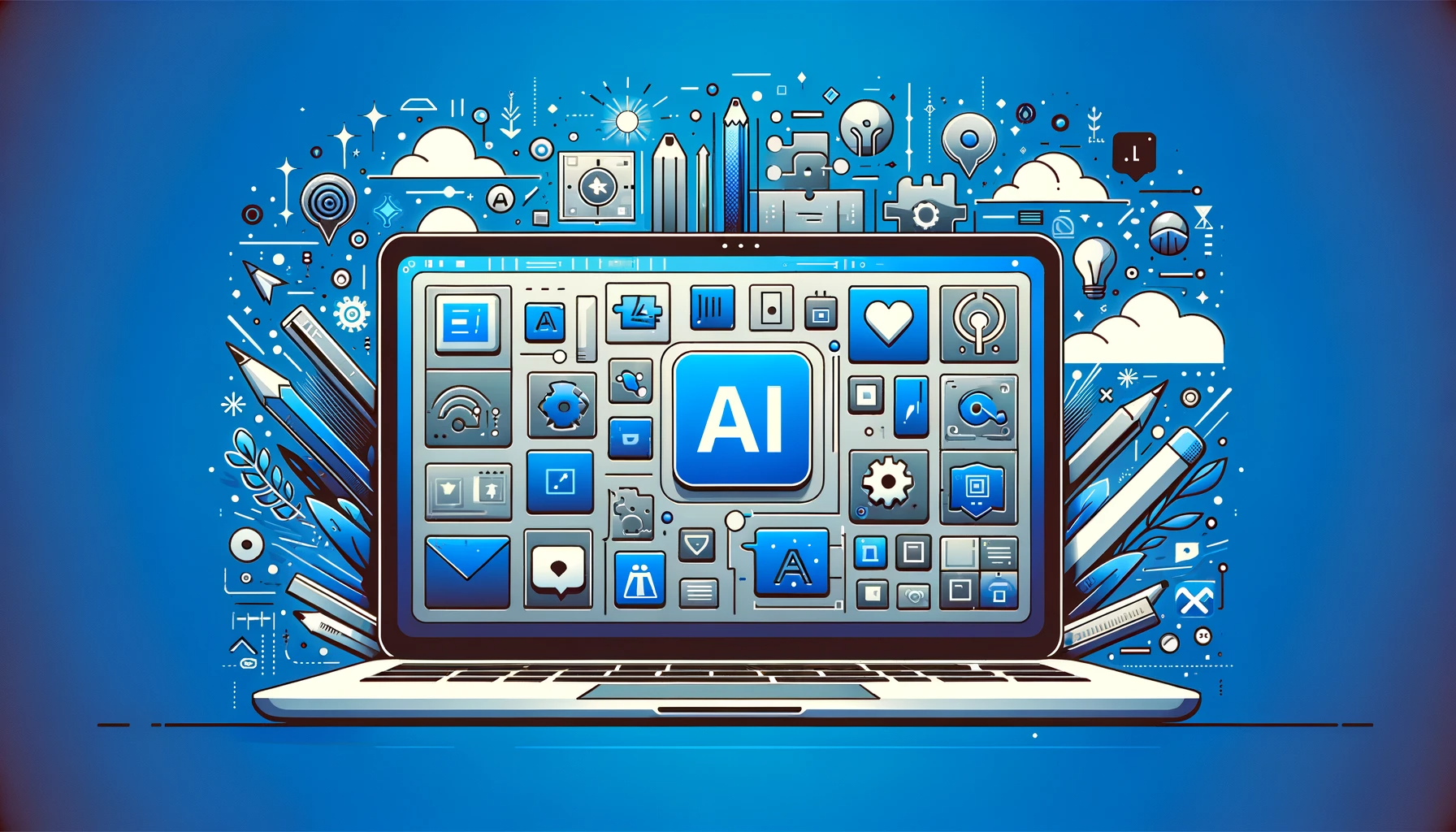
The Complete Guide to Deep Learning with Python
Deep learning with Python, a branch of machine learning, has entirely transformed artificial intelligence. Deep learning has become a game-changer in the race to make AI systems more intelligent and capable of challenging tasks. The programming language Python, which is dynamic and high-level, sits at the heart of this revolutionary technology.
It is renowned for being straightforward, easily readable, and having a large ecosystem of libraries and frameworks. So, this is why deep learning with Python has come into prominence. Python’s popularity in deep learning is not a coincidence. It results from several essential aspects.
First, engineers and data scientists working in deep learning should choose Python because of its simple, legible syntax. Second, Python has a sizable library and framework ecosystem. This comprises the deep neural network training and deployment tools TensorFlow, PyTorch, Keras, and scikit-learn.
These libraries provide pre-made models, tools, and functions. It, as a result, sharply quickens the development cycle. In this blog, we will understand deep learning with Python, how to set up the environment, and more. So let’s get started.
What is deep learning with Python?
Deep learning with Python means using deep neural networks using Python programming machine learning. Using Python modules and frameworks entails designing, developing, and deploying robust artificial neural networks.
Furthermore, many applications employ it, such as image recognition and natural language processing. The main Python frameworks or packages utilized for deep learning include:
TensorFlow
One of the most popular deep learning libraries, TensorFlow, was developed by Google Brain. It provides a flexible framework for building and modifying neural networks. That’s also true across various platforms, including desktop and mobile ones.
PyTorch
The dynamic computation graph of PyTorch, developed by Facebook’s AI Research division (FAIR), is well-known. It simplifies the use of vibrant, complex neural networks. Additionally, it is popular among academics.
Keras
Python-based An open-source neural network library is called Keras. It serves as a Theano and TensorFlow high-level API. Additionally, it streamlines the process of developing and training neural networks. As a result, it’s a fantastic choice for novices.
Scikit-learn
Although it is primarily a library for conventional machine learning, it also contains tools for modeling neural networks. Moreover, it helps deep learning be included in a more comprehensive machine-learning pipeline.
CNTK (Microsoft Cognitive Toolkit)
Microsoft created the deep learning framework known as CNTK. Furthermore, it is used in industrial and research applications due to its efficiency and scalability.
MXNet
An open-source deep learning framework called MXNet has both imperative and symbolic APIs. It is renowned for its effectiveness, particularly in distributed and multi-GPU computing.
We have discussed the various frameworks, but how do you set up the deep learning environment? Let us find out.
How to set up the deep learning environment in Python?
Setting up deep learning with Python involves preparing your system to work with Python and the necessary libraries. So here’s a step-by-step guide:
Install Python
Get the most recent version of Python from the official website if you don’t already have it installed. Moreover, adhere to the operating system’s installation guidelines. For more straightforward access, make sure you choose the option to add Python to your system’s PATH during installation.
Choose a package manager
Pip and Conda are two well-liked package managers available for Python. The standard package manager is Pip. Conda, however, is favored for controlling intricate deep-learning systems. So, to begin using Conda, you can install Miniconda, a stripped-down version of Anaconda.
Create a virtual environment
The dependencies of your deep learning project are separated from system-wide packages using virtual environments. Furthermore, construct one using Venv or the Python virtual environment utility Conda. To make this effective, you can hire Python developers.
Install deep-learning libraries
Install the required libraries following the deep learning framework you have chosen. So, utilizing Pip or Conda should be done inside your virtual environment.
Verify installation
Open a Python shell within your virtual environment and import the libraries to verify their proper installation.
Install additional libraries
You could require additional libraries, depending on the requirements of your project. This includes Scikit-Learn, Matplotlib, and NumPy. So, as needed, install them with Pip or Conda.
Data and dataset setup
For your deep learning project, prepare your dataset or data sources. Moreover, ascertain that your Python environment can access them.
Now, there are various neural networks in Python. It helps in learning complex patterns, scalability, and adaptability. But how can you build a neural network in Python? Let us take a look in the next section for it.
How to build a neural network in Python for deep learning?
Neural networks are the foundation of deep learning, and Python provides many modules and tools. These resilient models are to be developed, trained, and deployed using this. So, let’s see how to build one:
Data preparation
Organize and divide your data into training and testing sets. Data preparation tasks may call for one-hot encoding or normalization.
Compilation
Before building the model, provide the optimizer, loss function, and evaluation metrics. The configuration of the model’s data-driven learning occurs in this stage.
Training
Utilize the training data to train the model. The model modifies its internal parameters during training to minimize the given loss function.
Evaluation
Analyze the model’s effectiveness using a different validation or test dataset. Moreover, evaluate metrics like accuracy, precision, recall, and others based on the task.
Hyperparameter tuning
The learning rate, batch size, and layer architecture of hyperparameters should be fine-tuned. Its purpose is to enhance the model’s functionality.
Prediction
Use the trained model to make predictions based on brand-new, unused data. This is the stage where your model proves helpful in the actual world.
Deployment
If appropriate, deploy the trained model for real-time inference in a production environment.
Continuous learning
Keep up with deep learning developments. Additionally, test out other designs and methodologies. This is performed to enhance your models continually.
Now, a question arises: How do we deploy deep learning with Python? Let us take a look ahead.
How to deploy deep learning with Python?
Deploying deep learning models in real-world applications is a crucial step. It transforms AI research into practical solutions. Python provides a robust environment for deploying deep learning models. Here’s a comprehensive guide to the deployment process of deep learning with Python:
Model exportation
Before deployment, export your trained deep-learning model into a portable format. Standard formats include TensorFlow’s SavedModel format, Keras’s .h5 format, or PyTorch .pth format.
Choose the deployment environment
Decide where and how you want to deploy your model. Options include cloud platforms, edge devices, or on-premises servers.
Cloud deployment
For cloud deployment, containerization is a popular choice. The docker allows you to pack your model and its dependencies for easy deployment and scaling.
Web service creation
Use Python web frameworks like Flask or Django if deploying as a web service. The goal is to build a RESTful API. Also, this allows remote clients to send data to your model for inference.
Model loading
During this deployment phase, use the appropriate library to load the exported model in your deployment code.
Input preprocessing
Ensure the model’s input data corresponds to the preprocessing operations carried out during training. Implement any data transformations or validations required.
Inference and post-processing
Make predictions based on the loaded model for new data. So, to get the findings, post-process the model’s output as necessary.
Security considerations
Implement security safeguards like authentication and permission to prevent unauthorized access to your API.
Monitoring and logging
Execute reliable logging and monitoring tools and observe your deployed model’s functionality, application, and potential problems.
But does deep learning with Python present any challenges? Let’s see.
What are the challenges of deep learning with Python?
Python-based deep learning has ushered in remarkable advancements. However, it also poses challenges and ethical considerations. So let’s see them:
Data privacy
Because deep learning uses such large datasets, data privacy is an issue. Additionally, there is a substantial risk of bias when employing sensitive information.
Algorithm bias
Biased model outputs might result from partial training data, which can also reinforce societal preconceptions. Additionally, it may affect the impartiality of job applicants or the criminal justice system.
Interpretability
Deep learning employs highly sophisticated “black boxes.” It is difficult to understand how they decide things because of this. Moreover, it is necessary for openness and trust.
Security
Adversarial assaults can target deep learning models. As a result, it raises risks for applications like autonomous driving and cybersecurity.
Resource intensiveness
Deep model training takes a lot of processing power. It, as a result, limits accessibility for smaller firms and individuals.
Conclusion
Deep learning with Python has unmatched relevance today. It is vital as it enables you to tap into revolutionary AI technologies and access diverse career opportunities. Moreover, it helps you leverage Python’s flexibility for solving complex problems efficiently. Our blog aims to deliver the knowledge and essential skills you need to embark on the journey.
The blog will be a valuable resource, irrespective of whether you’re a beginner or looking to take your efforts to the next level. Make sure you keep a tab on the frequent updates and advancements. This can be essential for impactful implementation. So what are you waiting for? Start your journey now!



